Seven things not to miss this summer on your visit to Frigiliana
The Axarquía village's streets and views are two of the main attractions, but there are many other things to do or visit
Frigiliana is the Mediterranean village of your dreams: white, but splashed with colour; on the side of a mountain, but with sea views. Frigiliana is considered one of the most beautiful villages in Europe.
Its streets and views are two of the main attractions, but there are many other things to do or visit, even in the middle of the summer.
-
Strolling through the Barribarto
A lively regression through the past
The old quarter of Frigiliana is called Barribarto (Barrio Alto) and is a clear sign of its identity. Even if you have to face considerable slopes in August or September, it is worth the stroll through streets lined with white houses, colourful doors, windows and flowerpots.
In the late afternoon, when the temperatures are cooler and with the aim of finishing the route at sunset, one of the best moments of the day awaits in the Barribarto. There, history is also very much present thanks to mosaics that narrate the Moorish rebellion.
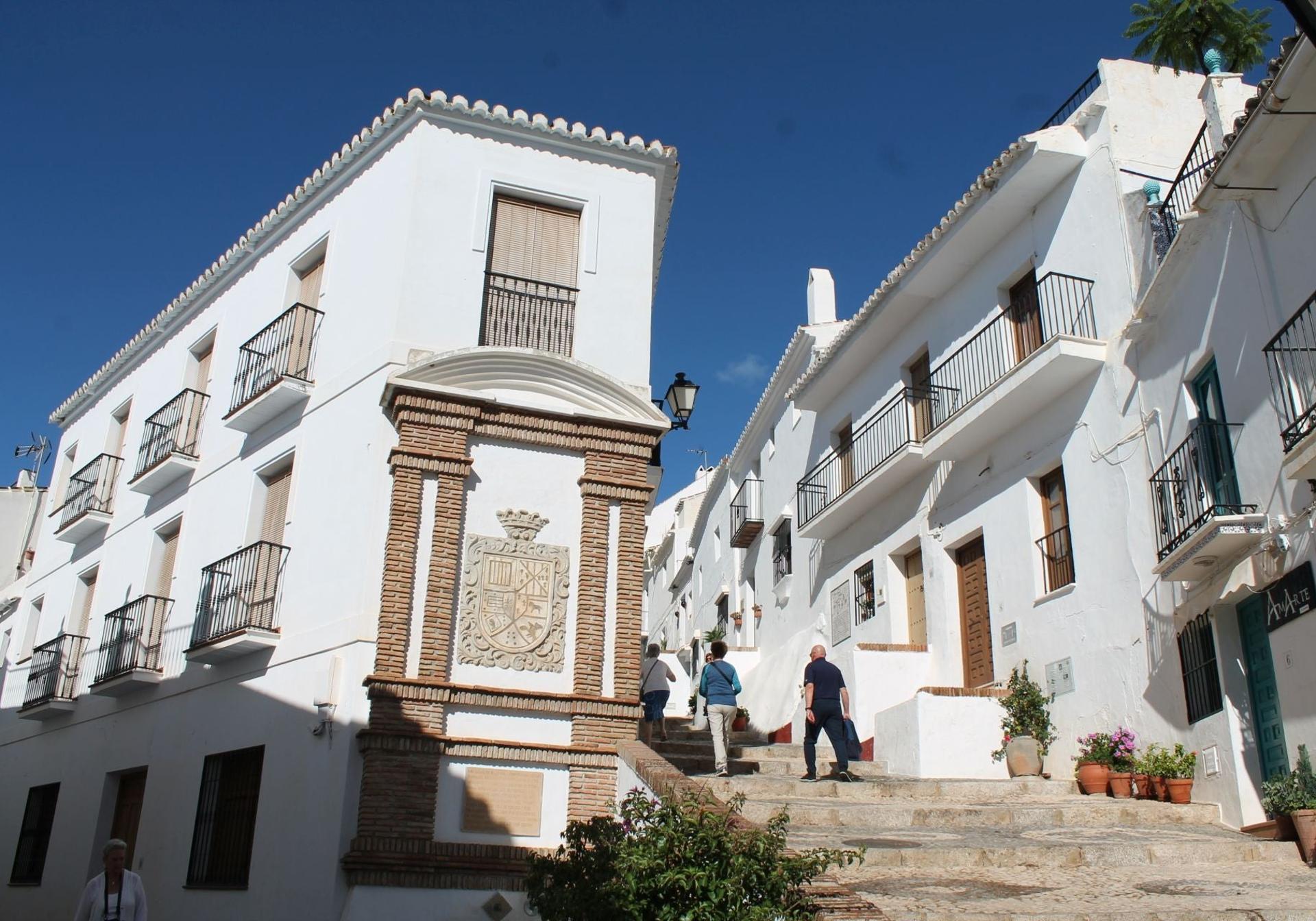
-
Discover its old castle
What you see and don't see in the Lízar fortress

At times it may be overshadowed by the Barribarto itself or it may be almost invisible due to its elevated position.
However, the Lízar fortress is the place to discover the history of Frigiliana. You can get there on foot from the town centre or by car by passing by the Lízar mill
Although there are few remains of the fortress, its grandeur can be perceived. It used to reach an area of four thousand square metres, supplied with water thanks to the nearby irrigation channel.
-
Viewpoints
Balconies overlooking both the sea and the mountains
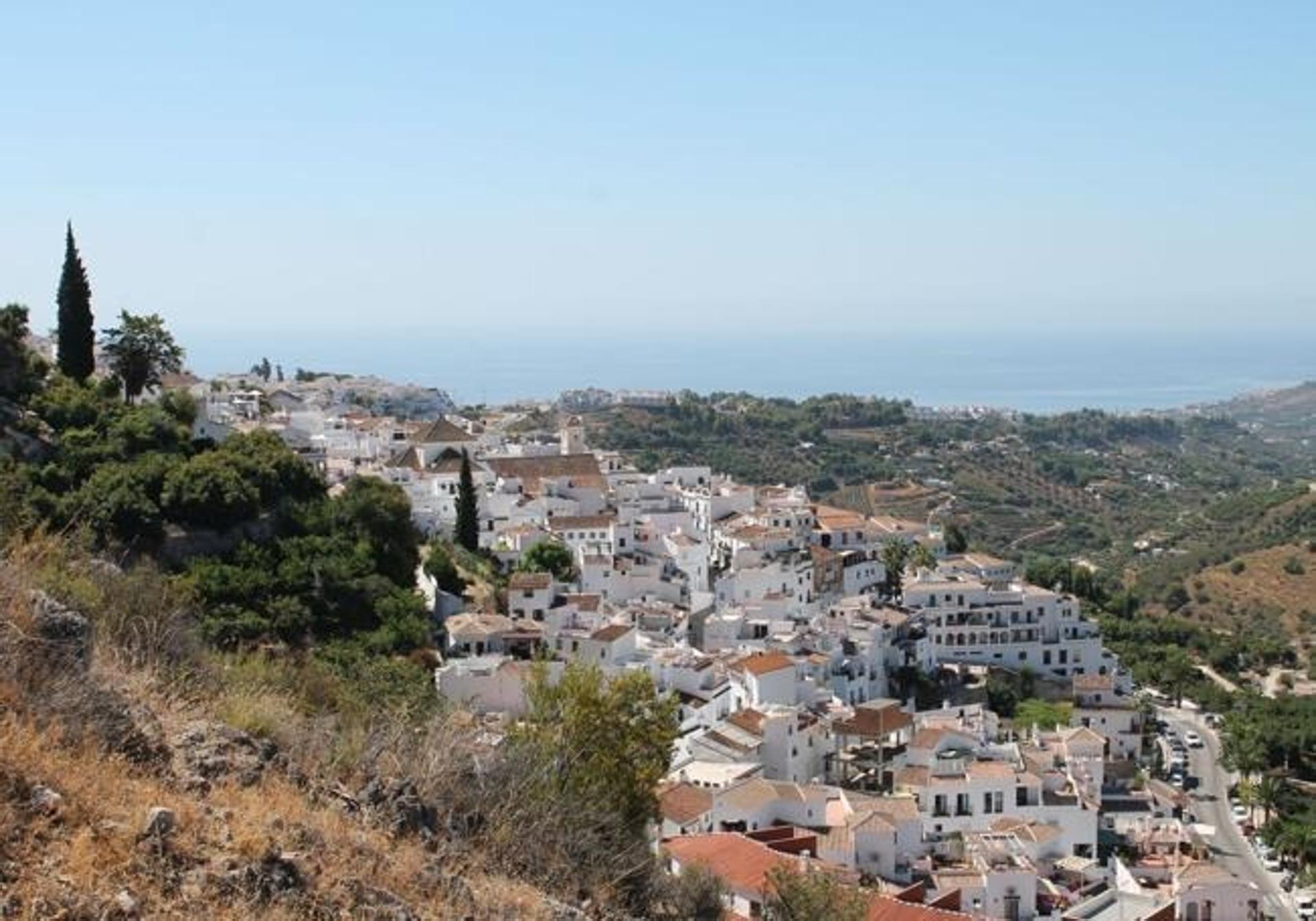
One of the great attractions of this village in the Axarquía district are its panoramic views. There are viewpoints within the town itself, but also in the surrounding area.
You can reach the high balconies of the town through roots that show you the sea, San Cristo, the road to Torrox, the fortress of Lízar, the castle of La Axarquía, the Casa del Apero or the castle of Barranco del Higuerón.
-
Santa Fiora botanical garden
The orchard that takes you on a journey through local vegetation
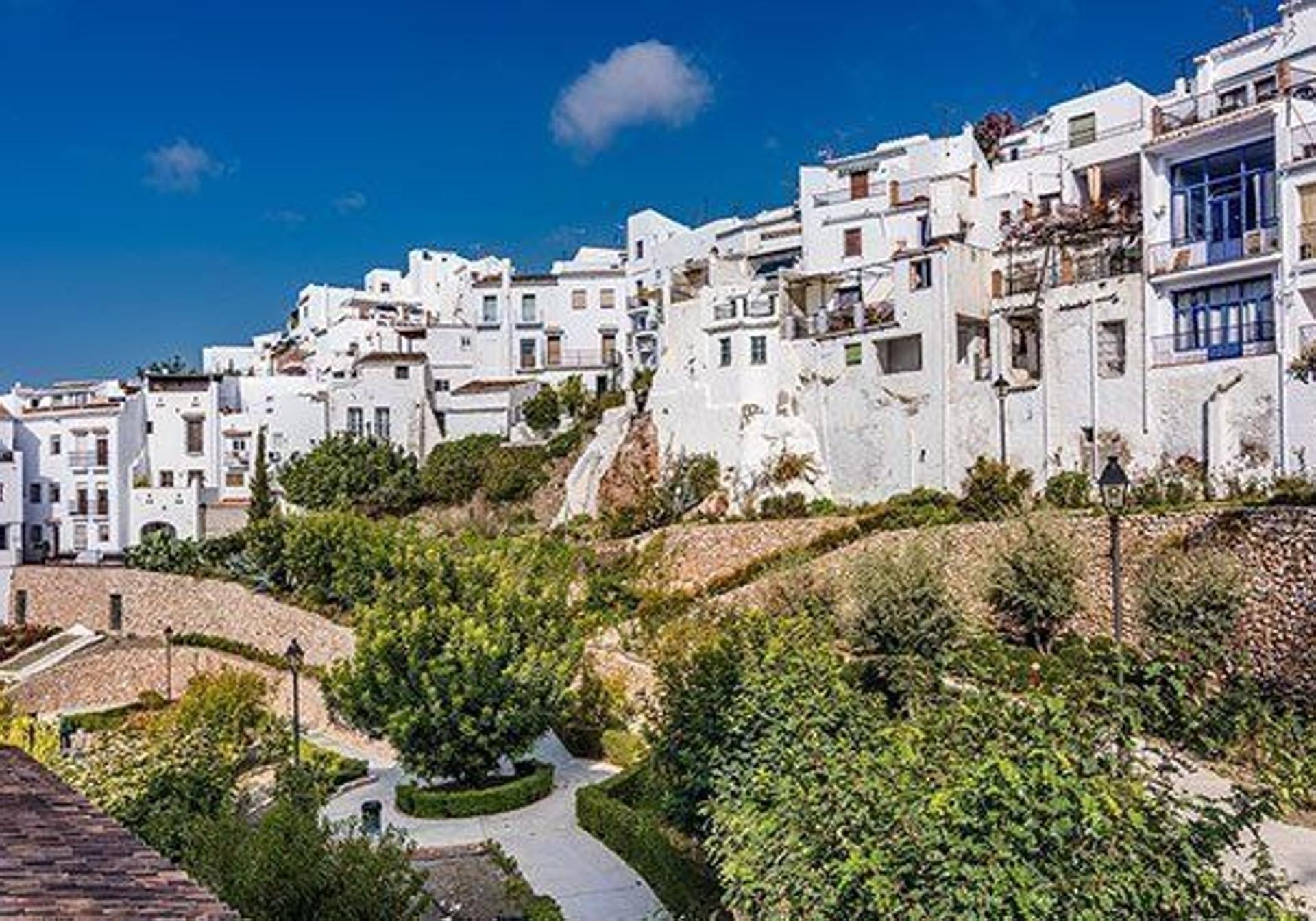
The botanical garden of Santa Fiora, located next to the Barribarto, is a green area where you can see plant species that have been important to the inhabitants of Frigiliana for centuries. It is barely a decade and a half old, but nonetheless a place with a lot of history.
Among the variety of plants, you will see the esparto grass or the palm heart, used for making household and farm tools, the sugar cane or the olive tree, which were key to agriculture in past centuries, as well as aromatic plants used both as natural remedies and as food seasoning.
-
Buy handmade products
Unique memories after a visit
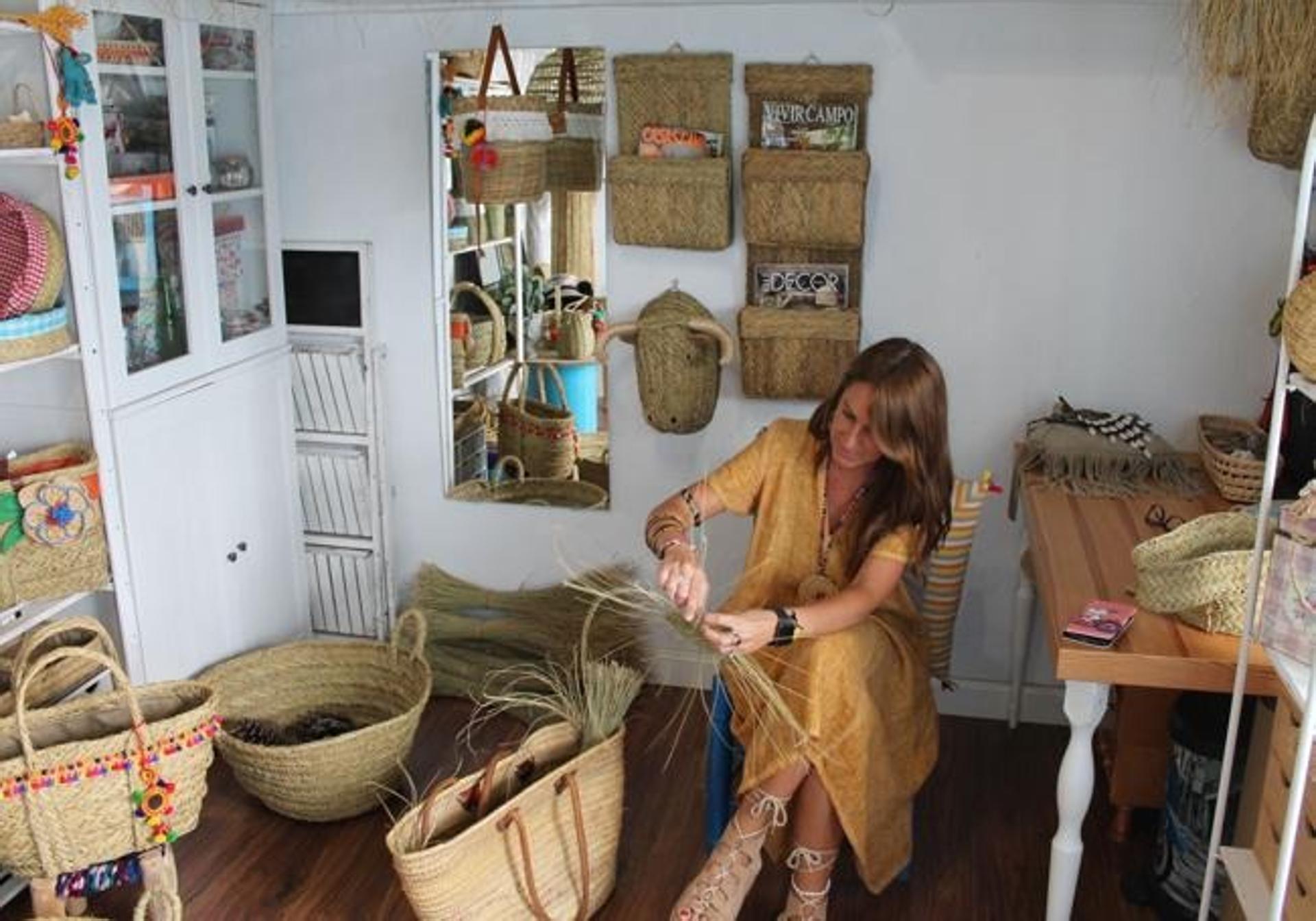
A veritable gallery of handmade products awaits you on the streets of Frigiliana. There is plenty to choose from: from ceramic and earthenware to weavings and textiles.
Although not all of them are made on the spot, there are some establishments that are also workshops. This is the case with El Rincón del Esparto, where owner Lourdes Bueno uses a traditional plant to make baskets and other utensils. She takes esparto grass to another dimension with true works of art.
-
Dishes with cane honey
The juice that sweetens the people's recipe books
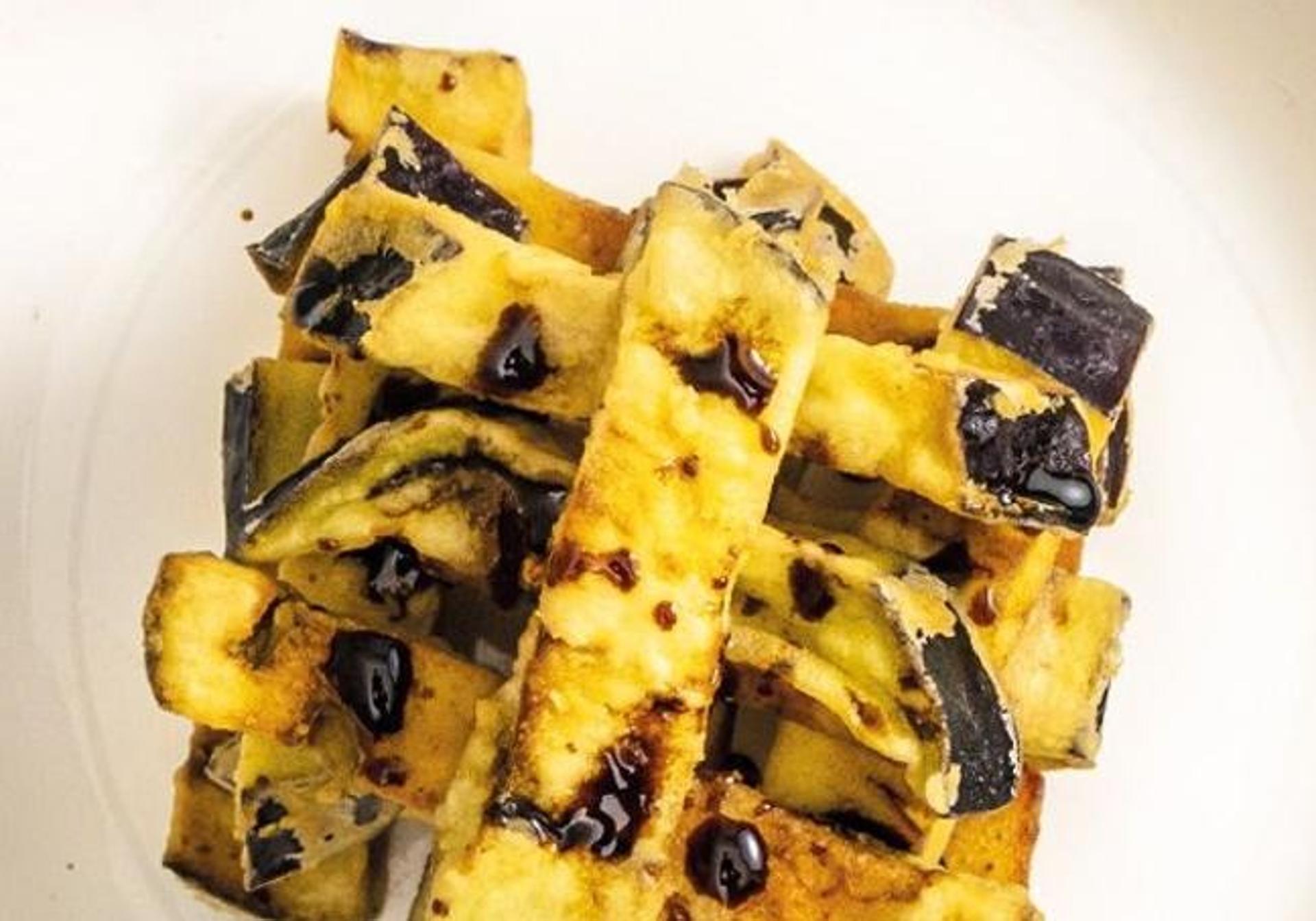
One of Frigiliana's most historic places is the factory where sugar cane juice is extracted to make sugar cane honey (melasa).
This product, which is typical of the village and can be bought both at the factory and in various establishments, is used as a topping in many dishes prepared in bars and restaurants. It can accompany fried aubergines or cod omelettes as well as salads, meat dishes or creative recipes.
-
Festival de las Tres Culturas
The climax of August comes with an Andalusian immersion
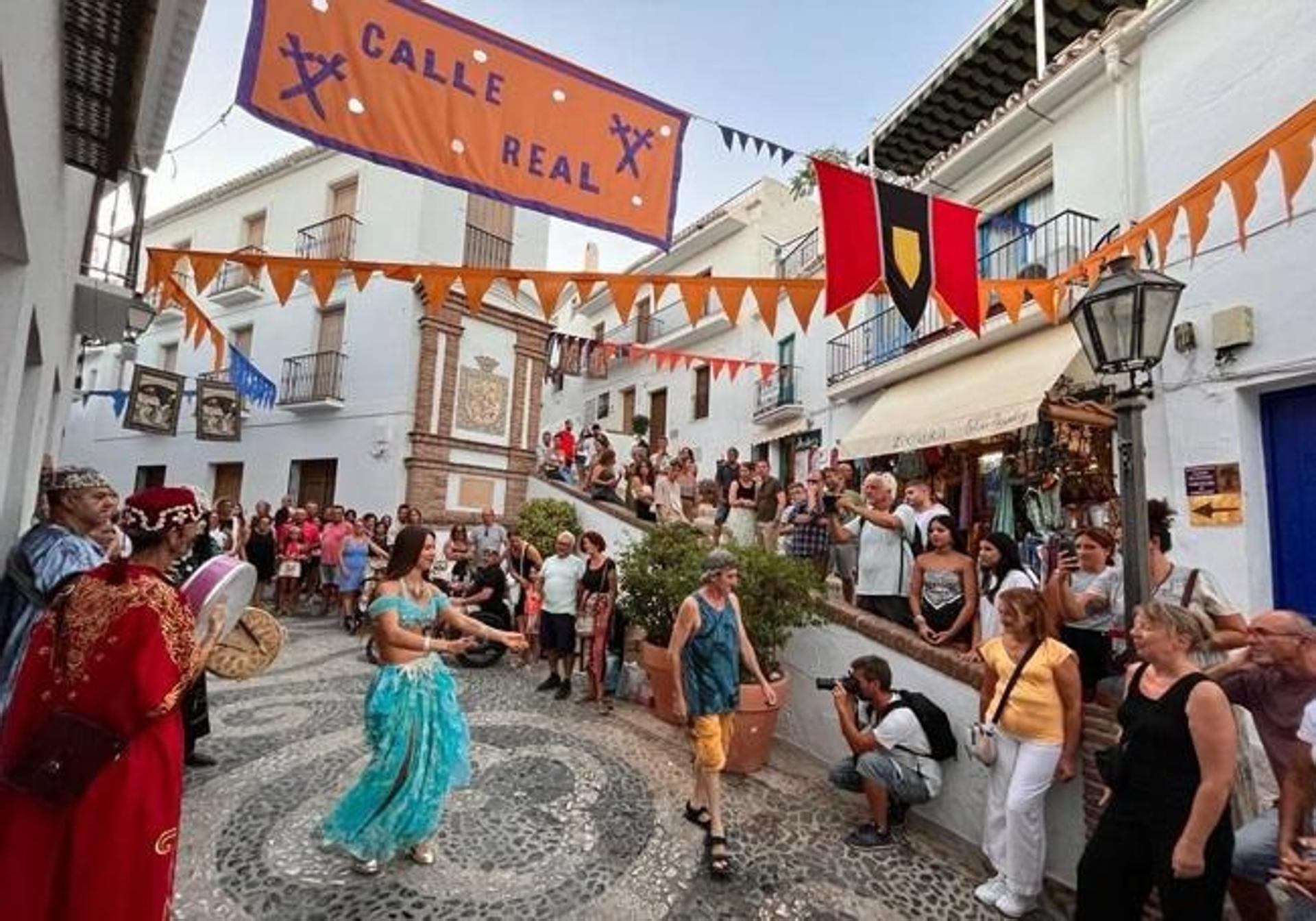
On the last weekend of August, Frigiliana celebrates the coexistence of the three most important religions during the ancient Al-Andalus: the Jewish, Christian and Muslim cultures.
Festival de las Tres Culturas includes a souk of handmade products, parades, live music and a menu of tapas offered in its variety of restaurants and bars.

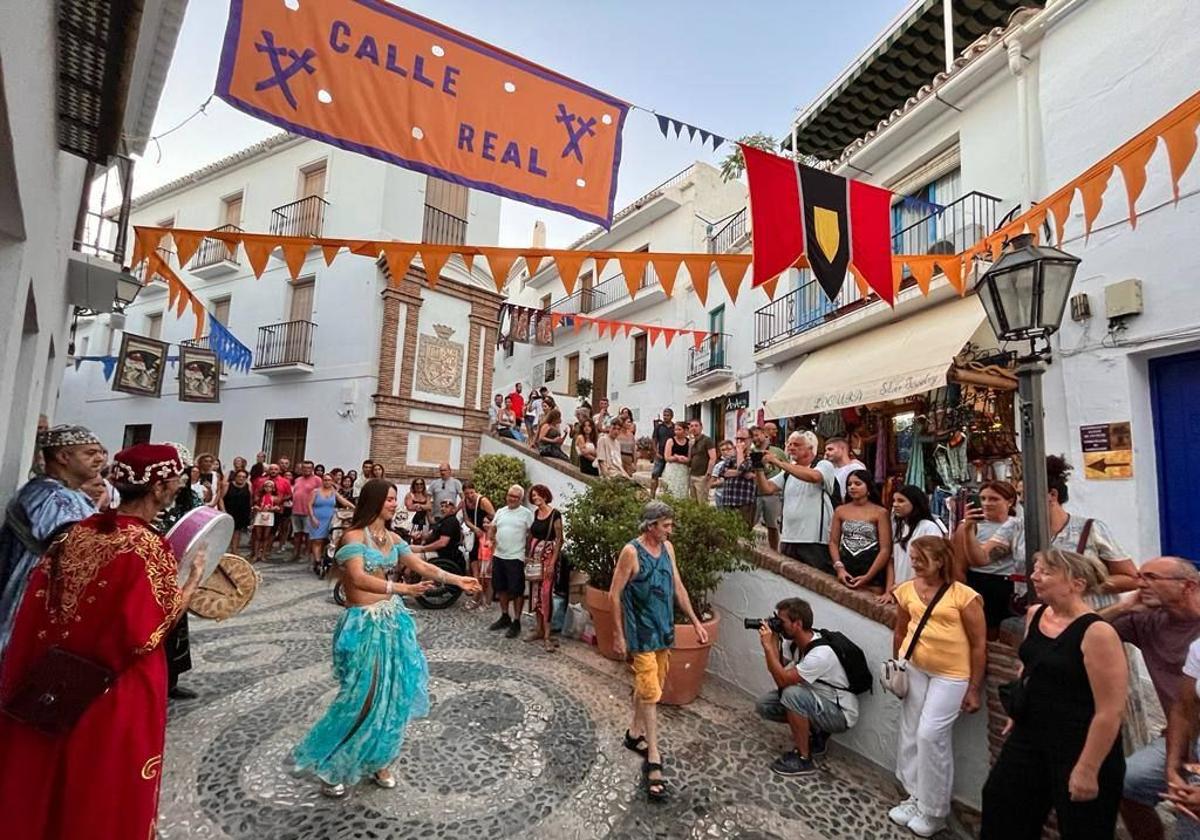
Comentar es una ventaja exclusiva para registrados
¿Ya eres registrado?
Inicia sesiónNecesitas ser suscriptor para poder responder.
Necesitas ser suscriptor para poder votar.